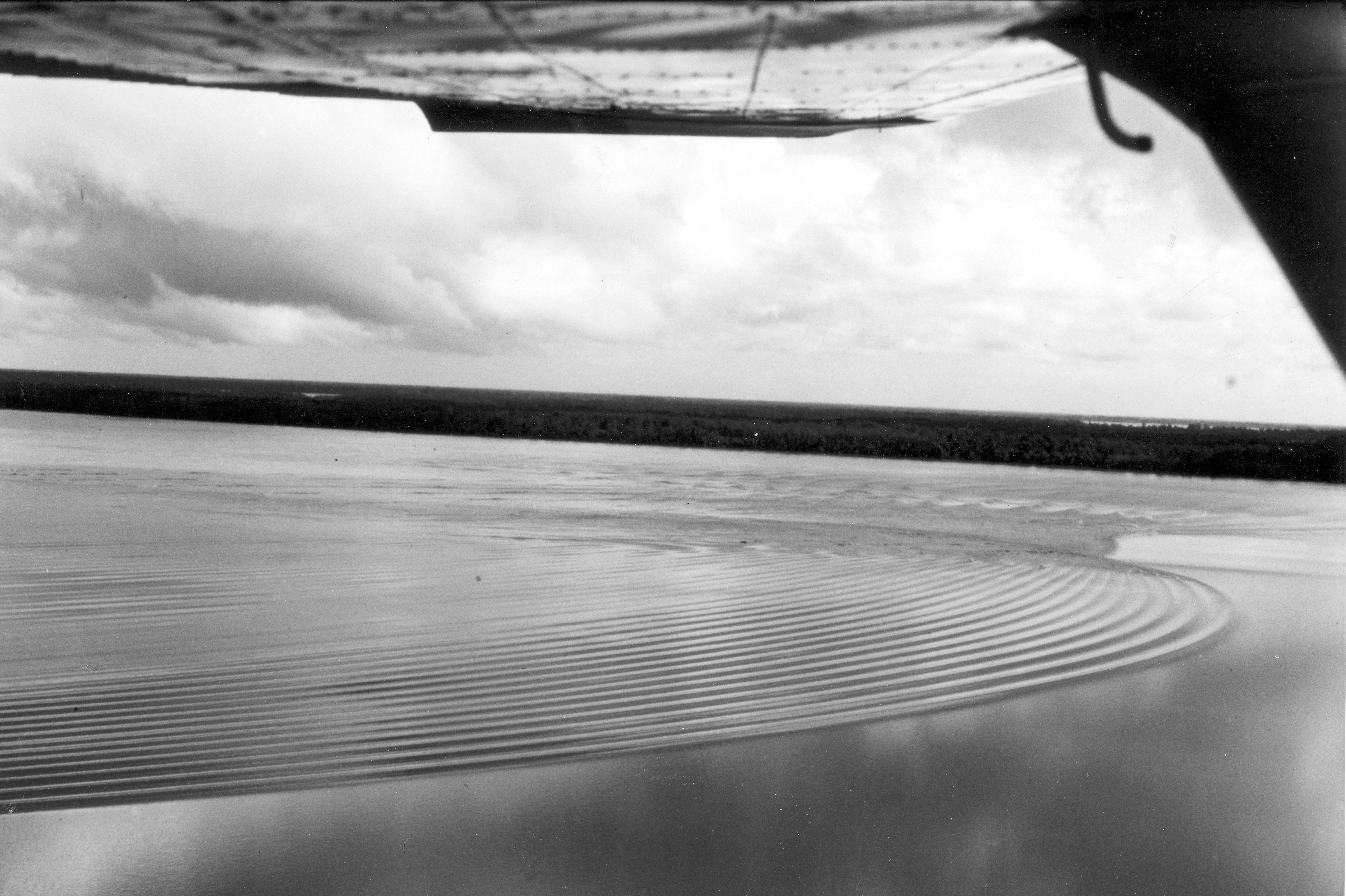|
Falsino River
The Falsino River ( pt, Rio Falsino) is a river of Amapá state in north-eastern Brazil. It is a tributary of the Araguari River. The river defines the eastern boundary of the Amapá National Forest, a sustainable use conservation unit created in 1989. See also *List of rivers of Amapá List of rivers in Amapá (Brazilian State). The list is arranged by drainage basin from north to south, with respective tributaries indented under each larger stream's name and ordered from downstream to upstream. All rivers in Amapá drain to t ... References Rivers of Amapá {{AmapáBR-river-stub ... [...More Info...] [...Related Items...] OR: [Wikipedia] [Google] [Baidu] |
Araguari River (Amapá)
The Araguari River ( pt, Rio Araguari) is the primary river of Amapá state in north-eastern Brazil. It became famous among surfers when some decided to ride its constant tidal bore, characterizing waves that can last for several minutes. In 2013, three dams were built in the river to generate hydroelectricity. The dams ended the tidal bore which altered the flow of water in the Amazon, and caused significant land erosion and damage to the Bailique Archipelago. The river flows through the Uatuma-Trombetas moist forests ecoregion. The river defines the western boundary of the Amapá National Forest, a sustainable use conservation unit created in 1989. See also *List of rivers of Amapá References Rivers of Amapá {{AmapáBR-river-stub ... [...More Info...] [...Related Items...] OR: [Wikipedia] [Google] [Baidu] |
Amapá
Amapá () is one of the 26 states of Brazil. It is in the northern region of Brazil. It is the second least populous state and the eighteenth largest by area. Located in the far northern part of the country, Amapá is bordered clockwise by French Guiana to the north, the Atlantic Ocean to the east, Pará to the south and west, and Suriname to the northwest. The capital and largest city is Macapá. The state has 0.4% of the Brazilian population and is responsible for only 0.22% of the Brazilian GDP. In the colonial period the region was called Portuguese Guiana and was part of Portuguese Empire, Portugal's State of Brazil. Later, the region was distinguished from the other The Guianas, Guianas. Amapá was once part of Pará, but became a separate territory in 1943, and a state in 1990. The dominant feature of the region, and 90 percent of its total area, is the Amazon Rainforest. Unexplored forests occupy 70 percent of Amapá, and Tumucumaque Mountains National Park, establish ... [...More Info...] [...Related Items...] OR: [Wikipedia] [Google] [Baidu] |
Brazil
Brazil ( pt, Brasil; ), officially the Federative Republic of Brazil (Portuguese: ), is the largest country in both South America and Latin America. At and with over 217 million people, Brazil is the world's fifth-largest country by area and the seventh most populous. Its capital is Brasília, and its most populous city is São Paulo. The federation is composed of the union of the 26 States of Brazil, states and the Federal District (Brazil), Federal District. It is the largest country to have Portuguese language, Portuguese as an List of territorial entities where Portuguese is an official language, official language and the only one in the Americas; one of the most Multiculturalism, multicultural and ethnically diverse nations, due to over a century of mass Immigration to Brazil, immigration from around the world; and the most populous Catholic Church by country, Roman Catholic-majority country. Bounded by the Atlantic Ocean on the east, Brazil has a Coastline of Brazi ... [...More Info...] [...Related Items...] OR: [Wikipedia] [Google] [Baidu] |
Amapá National Forest
The Amapá National Forest ( pt, Floresta Nacional do Amapá) is a national forest in the state of Amapá, Brazil. It supports sustainable exploitation of the natural resources in an area of Amazon rainforest in the Guiana Shield. Location The Amapá National Forest is divided between the municipalities of Pracuúba (52.85%), Ferreira Gomes (44.07%) and Amapá (3.08%) in the state of Amapá. It has an area of . The forest is bounded to the north by the small Mutum River, to the east by the Falsino River, to the west by the Araguari River, and to the south by the confluence of the Falsino and Araguari. In the extreme north there are chains of mountains of significant height, thought to belong to the Tumucumaque complex. To the east it adjoins the Amapá State Forest, a sustainable use environmental unit created in 2006. To the northwest it adjoins the Montanhas do Tumucumaque National Park. Environment The Amapá National Forest is in the Amazon biome. It contains a large ... [...More Info...] [...Related Items...] OR: [Wikipedia] [Google] [Baidu] |
List Of Rivers Of Amapá
List of rivers in Amapá (Brazilian State). The list is arranged by drainage basin from north to south, with respective tributaries indented under each larger stream's name and ordered from downstream to upstream. All rivers in Amapá drain to the Atlantic Ocean. By Drainage Basin * Oiapoque River ** Uaçá River *** Caripi River *** Urucaua River ** Cricou River ** Anotaié River ** Marupi River ** Iaué River ** Mutura River ** Tangararé River ** Kariniutu River * Cassiporé River ** Arapari River * Cunani River * Calçoene River * Amapá Grande River ** Flechal River * Macari River ** Tartarugalzinho River ** Tartarugal Grande River * Araguari River ** Aporema River ** Amapari River *** Cupixi River *** Tacunapi River ** Falsino River ** Santo António River ** Mutum River ** Mururé River ** Tajauí River * Amazon River (Canal do Norte) ** Guarijuba River ** Jupati River ** Macacoari River ** Pedreira River ** Matapi River *** Maruanum Rive ... [...More Info...] [...Related Items...] OR: [Wikipedia] [Google] [Baidu] |
